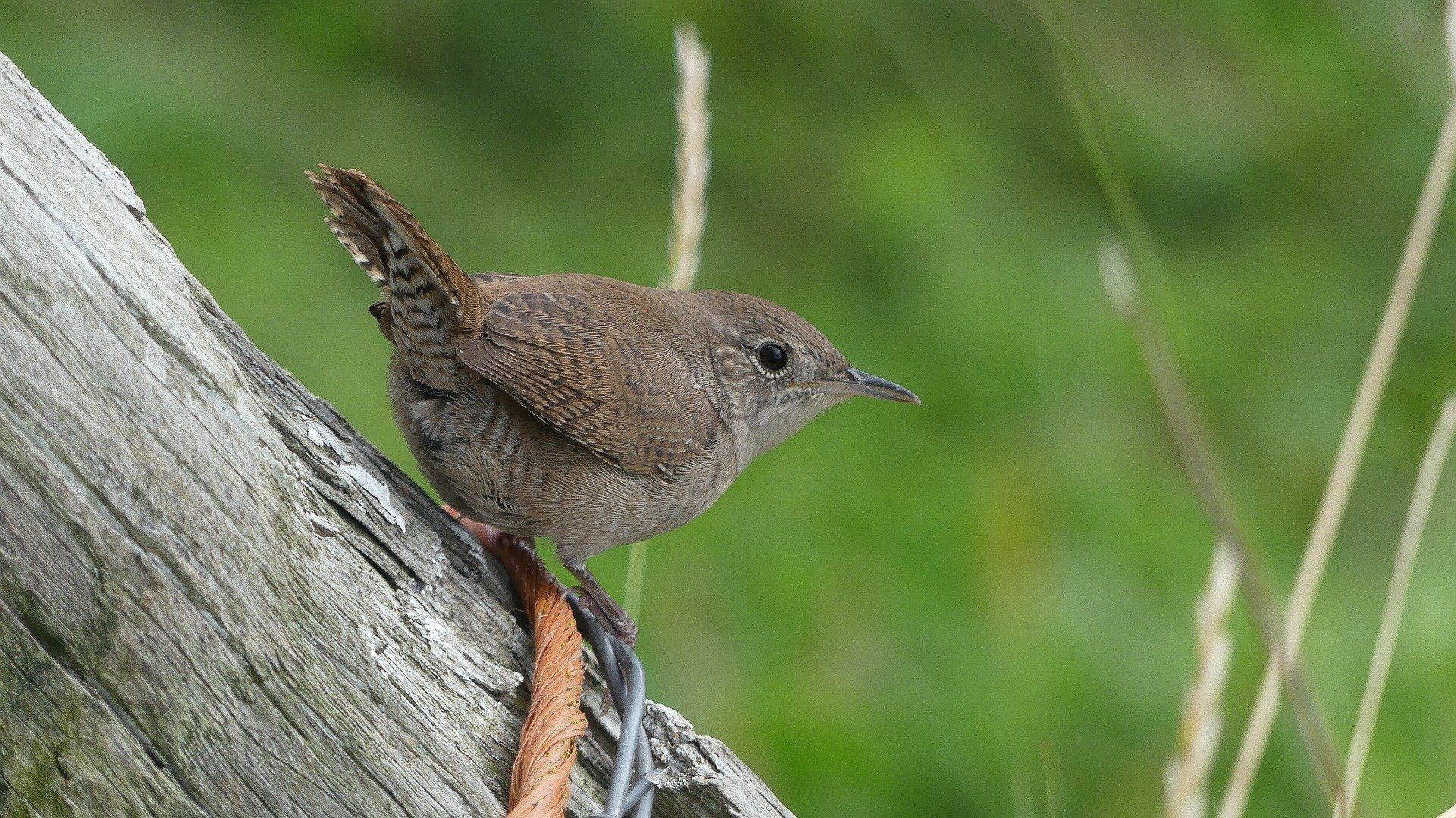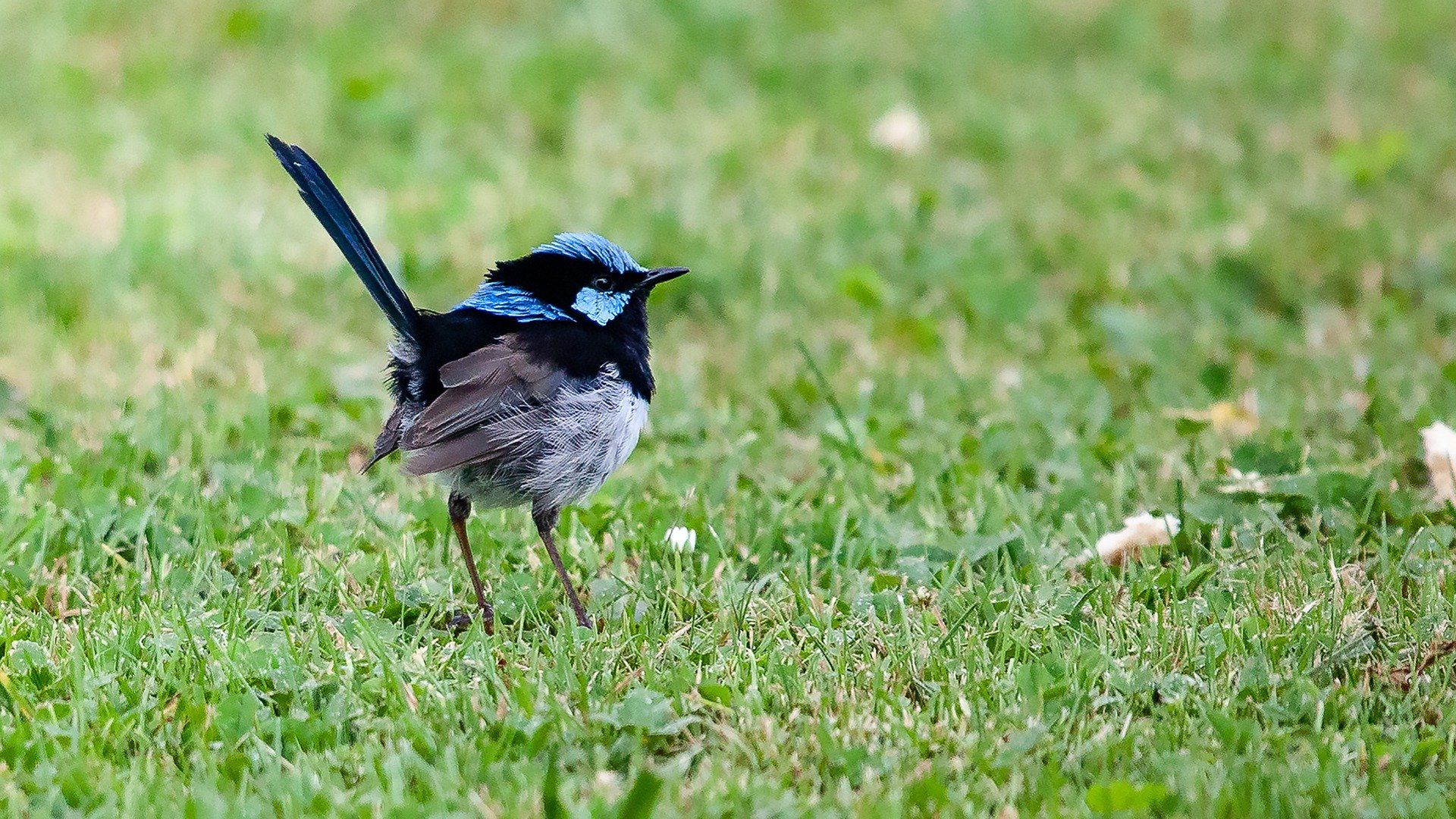AUTHOR MUSINGS
Some words of wisdom
Please sign up below for exclusives, free books, and a monthly email.
WREN 30th Nov 2021 Wren Song >> Podcast Version>>

My heart sings and my soul soars with all the feathery visitors to our garden, and I want to learn more, know more, understand more. If I understand each species of bird’s behaviours and needs, I can strive to provide the correct habitat, plants, and water to encourage them to stay or visit as they wish.
So, each month I am going to research, watch, listen to, and write about a species of bird that visits our forest garden, and with fingers crossed I’ll be able to identify their songs and calls, one by one.
It’s November and I’m starting with the WREN because it’s my namesake, the Jenny Wren, and November is my birth month.
Wren
Intelligent eyes twinkling from a low bush where a domed nest snuggles,
A long beak, perfectly shaped for prising insects from hidden spaces, lifted high,
Long toes clinging to a twig that sways in the breeze,
Speckled feathers on a tiny round body, blending into a dappled background,
Wings tucked tight but splayed wide, patterns on display,
Tail held high, proud trademark of this clever bird,
Loved by many, woven into story,
Emblem of creatives all over the world,
Flitting and darting low to the ground,
Fast and furtive,
Collecting small sticks, feathers, and dry grasses,
Eating insects to fuel its busy movements,
Filling every moment of every day with purpose,
Fiercely protective,
Pausing, perching,
Long legs, widely spaced,
Bright yellow mouth opening,
A crescendo of notes, rising and falling in quick succession,
Impossibly loud,
Body vibrating with effort,
Calling to friends, pronouncing territory, shouting a warning,
Singing with heart and soul into the world,
Proclaiming the joys of life,
For any, and all to hear.
My namesake,
The wren.
I love the scientific name Troglodytes. A name which conjures images of cavemen, history, discovery, and maybe a hint of magic. There is fossil evidence of wrens from the last Ice age, 10-120,000 years ago so maybe the name is a good fit.
The Eurasian species of Wren was named by the Swedish naturalist Carl Linnaeus in 1758 and translates from ancient Greek as ‘cave dweller.’ As far as I know Wren’s don’t live in caves, but maybe he saw one darting across the entrance to a cave, snatching up its favourite food which may have just hatched in its hundreds and do dwell in caves, insects. They also eat tadpoles, and are partial, like me, to grated cheese. Their nests are domed with tiny entrances, so that could be another reason to name them cave dwellers.
The Wren is a tiny bird, only 9-10 cm in length with a wingspan of 13-17 cm. It only weighs 10 grams which is as light as I imagine a fairy to be. It is neither streamlined nor sleek, but has a dumpy body covered in brown and cream feathers, with long light brown legs, rounded wings, a black, short, curved beak, and a narrow tail which is often vertical making them an easy species to identify, if you see them. Their darting flight is fast, as they are shy and secretive birds, and their colouring means they blend into the background well.
You are more likely to hear them than see them, for although they are a tiny bird, they are surprisingly loud.
When annoyed or excited they churr or click like a clockwork being run down, but their song is a gushing burst of shrill, sweet notes. Weight for weight the wren’s voice is ten times louder than a cockerels. The Wren’s song begins with a few notes, then turns into an ascending trill which then often becomes a series of trills and its tiny body quivers from the effort. The wren sings all year but is more noticeable in the spring.
Maybe because of its loud spring singing it is considered to be a harbinger of spring and rebirth and because it is small with a loud voice, quirky with its vertical tail and a challenge to see as it darts and hides it is a loved creature and has starred in many old tale. In fact, the wren has a place in folklore across the world, from the Irish to the Zulus.
In an Aesop fable, the birds hold a competition to see who will be king and they decide the bird that flies the highest will be their king as they can see over all birds. The wren is so light the great eagle doesn’t notice it hiding under feathers on its back. The eagle flies as high as it can, way above all other birds and opens his beak to declare himself king, this is when the wren leaps off it’s back to fly a little higher and sing its victory, loud enough for all to hear. In Zulu folklore it hides on a falcon but is tricked when returning to earth and kept under the watchful eye of an owl, and this is why it learnt to dart and flit close to the ground.
In Germany it is called Zaunkonig – king of the fence. In Holland it is called winterkoning – winter king and in Japan it is the king of the winds. And there are several other names for this tiny bird in various languages.
Druids saw the wren as a sacred bird and a wren’s feather was believed to be a charm against disaster or drowning. The shape-shifting fairy queen took the form of a wren in nursery rhymes and there is a wren in Australia named the fairy wren. How wonderfully lucky I am to be associated with this wonderful bird.

Whether the fable, stories, and folklore grew from observation of the wren’s nature or whether the belief in the wren’s nature came from the tales I don’t know, but the wren is seen as a clever creature and wren symbolism includes rebirth, immortality, and protection.
It is also a symbol of the arts, associated with poets, songwriters, musicians, and authors which I like as I am a creative and an author. I think I prefer this likeness to me rather than being dumpy, small, and very loud.
They are also energetic, happy birds who are seen to enjoy every moment of life. I can relate to this too, and I love how we place human characteristics onto animals. I feel more connected to this little bird than ever.
However, it is not all sunshine and happiness, for the wren is one of the main characters in the legend of Saint Stephen, the first Christian martyr. On the 26th of December St Stephen was hiding in a bush from his enemies when he disturbed a wren. The wren scolded as loud as only a wren can, and St Stephen was caught and killed. For many years after, on this day a wren was traditionally captured and paraded around town and became a symbol of sacrifice of the old year. Although others believe harming a wren brings bad luck. Another Wren supposedly foretold the assassination of Julius Caesar, as it flew into the Roman senate with a sprig of laurel in its beak on the day before the Ides of March. It was chased by other birds who caught it in the senate and tore it to pieces. Poor wren. I’m not as happy with these two tales. I applaud the first for removing an intruder from its territory and am sorry for the second, it was probably looking for somewhere to build a nest. They do like to build in a variety of sites.
The male wren builds basic nests all over his territory. The neatly domed nest is built from grass, moss, lichen, or dead leaves and tucked into a hole in a wall or tree, or in a climbing plant like ivy or brambles, they also like to build in thatch or to rebuild another bird’s abandoned nest. Versatile and imaginative. The female often chooses a male because he can build several nests for her to choose from. She will watch him posture and display, singing with his tail and wings half open, or raising and lowering his wings, then if impressed she will inspect his constructions and if she approves, she will line the nest of her choice with lots of feathers making it soft and cosy before laying five or six eggs from April. The male is happy to accommodate up to four females in his territory, probably why he is so busy in the spring and summer collecting moth, caterpillar, and crane fly larvae to feed his large family.
The wren is a well-loved bird, especially in Britain. It was used on the copper farthing coin, has been on a first-class stamp and in 2016 it came fourth in a public vote for a national bird. It is one of Britain’s most common birds with more than seven million breeding pairs. However, it is not exclusive to Britain. The Eurasian wren is one of nineteen genera which includes forty-five species, and it is found across most landmasses and almost all islands in the world, there is even a species called the Cobb Wren on the Falklands. As you can see, the wren is very adaptable, living from coast to moorland in cultivated or wild areas with low bushes and ground cover. It generally hops and forages near the ground although it can act like a tiny nuthatch and search for insects under the bark on a tree.
It, like me, can survive in a colder environment, and living up to its name will seek out tiny snug holes in rocks or walls to shelter in when the weather is bitter. Although they tend to be solitary in the day, they do, especially in the winter, share their small spaces with other wrens at night, huddling together for warmth. Their bodies, being tiny store little body fat and so they lose heat quickly. They huddle like penguins with their heads turned inwards and, in the winter of 1969, a nesting box in Norfolk held sixty-one wrens. If the male expected to mate with his female guests, he must have needed a lot of energy in the Spring.
Even the surname ‘Wren’ came about because people who were small, quick, clever, artistic, and energetic were named after the bird. Now the surname is claimed by about twenty thousand people in the world.
Not me, though, I’m a Clarke, but I like to think I’m named after the fairy-queen.
Subscribe to my secret library
Copyright © 2020 Jenni Clarke Author. All Rights Reserved